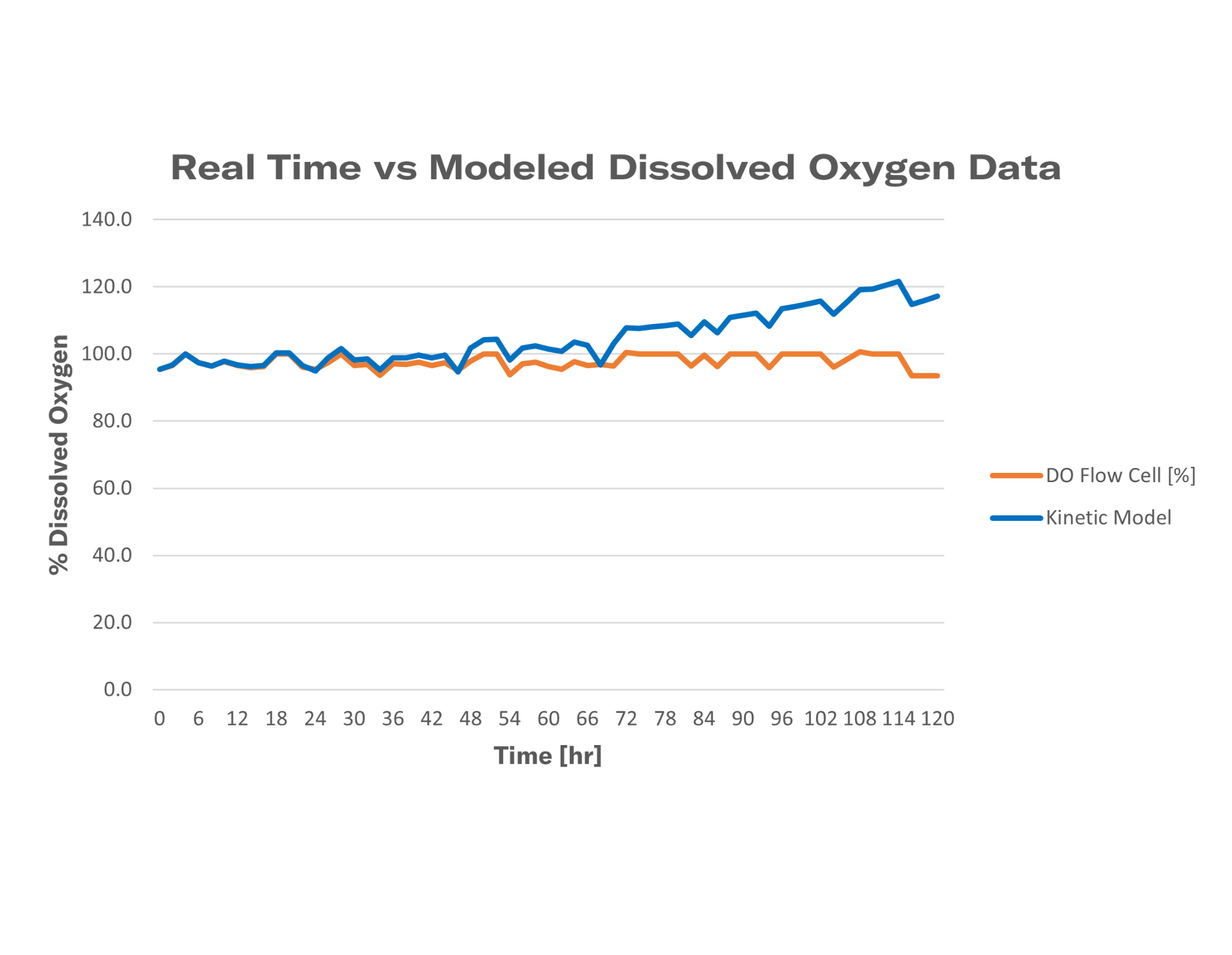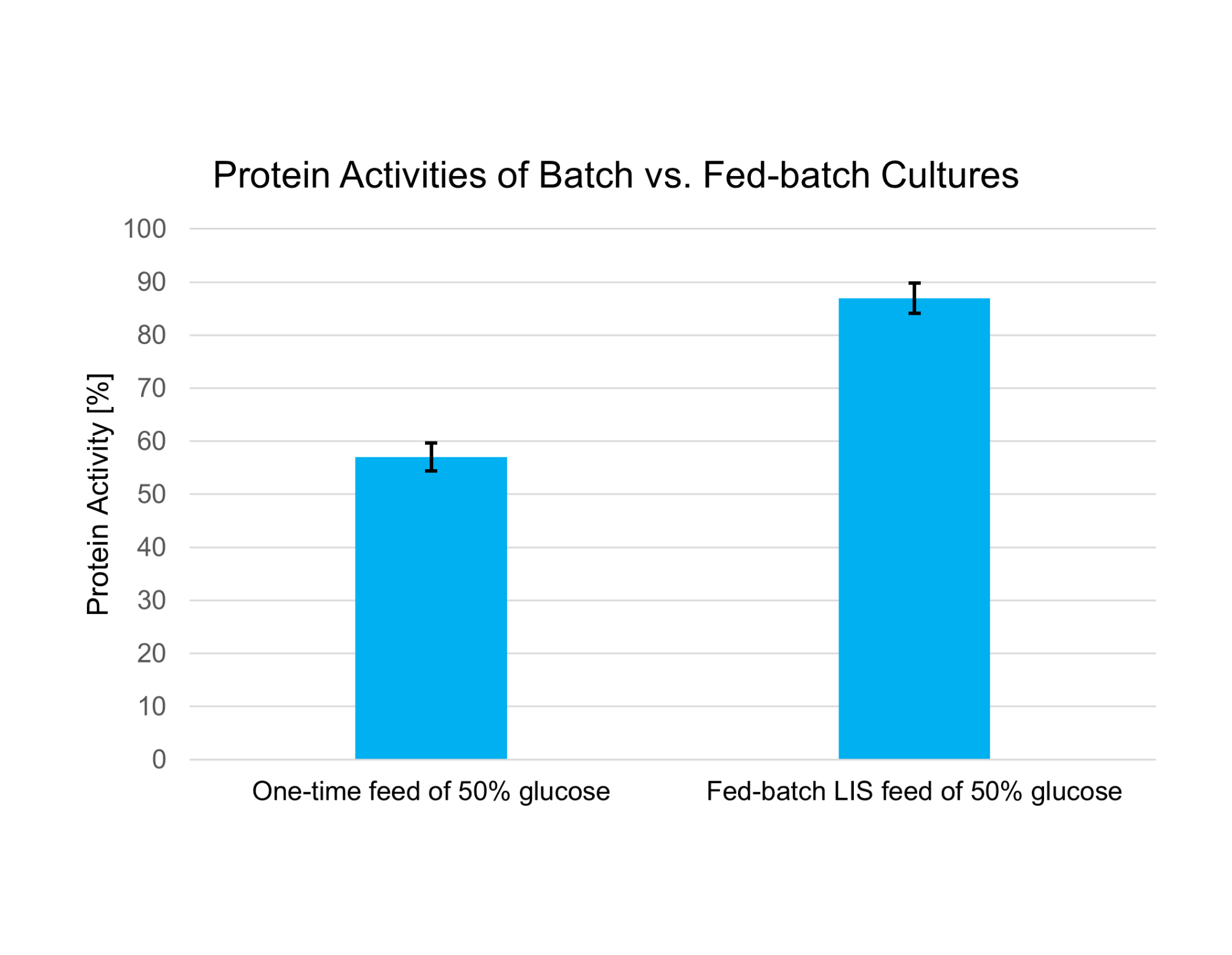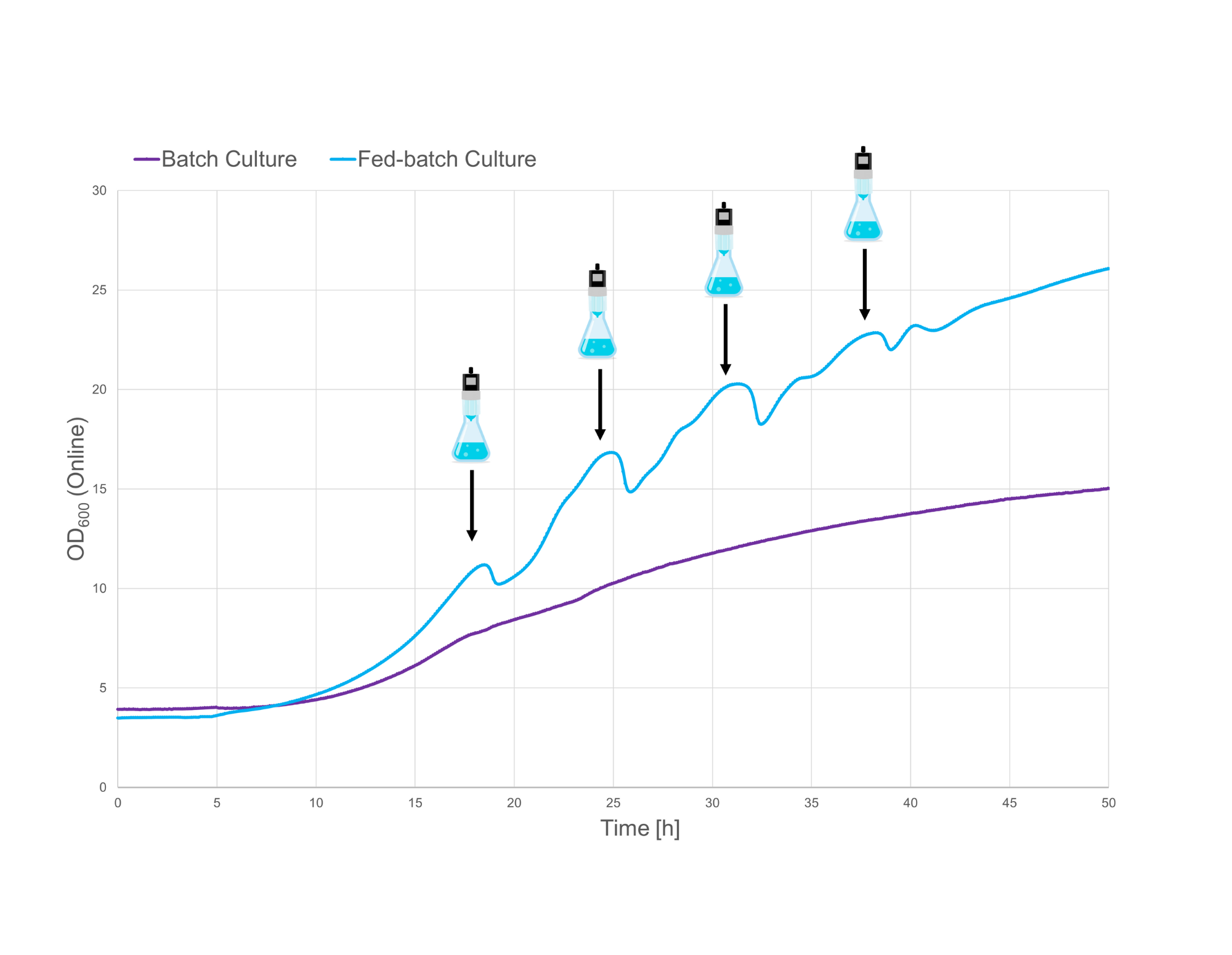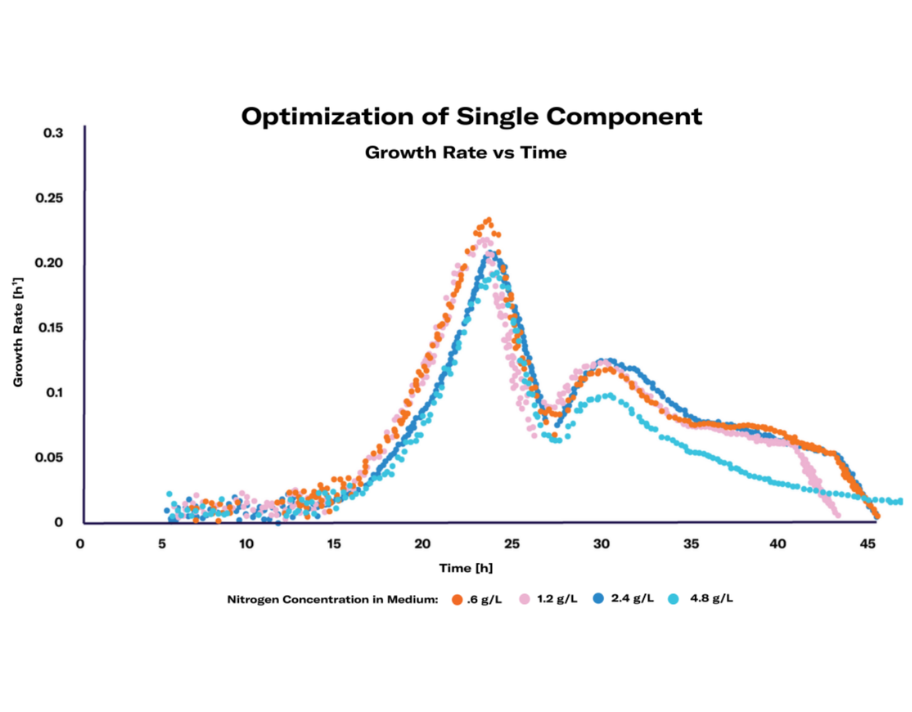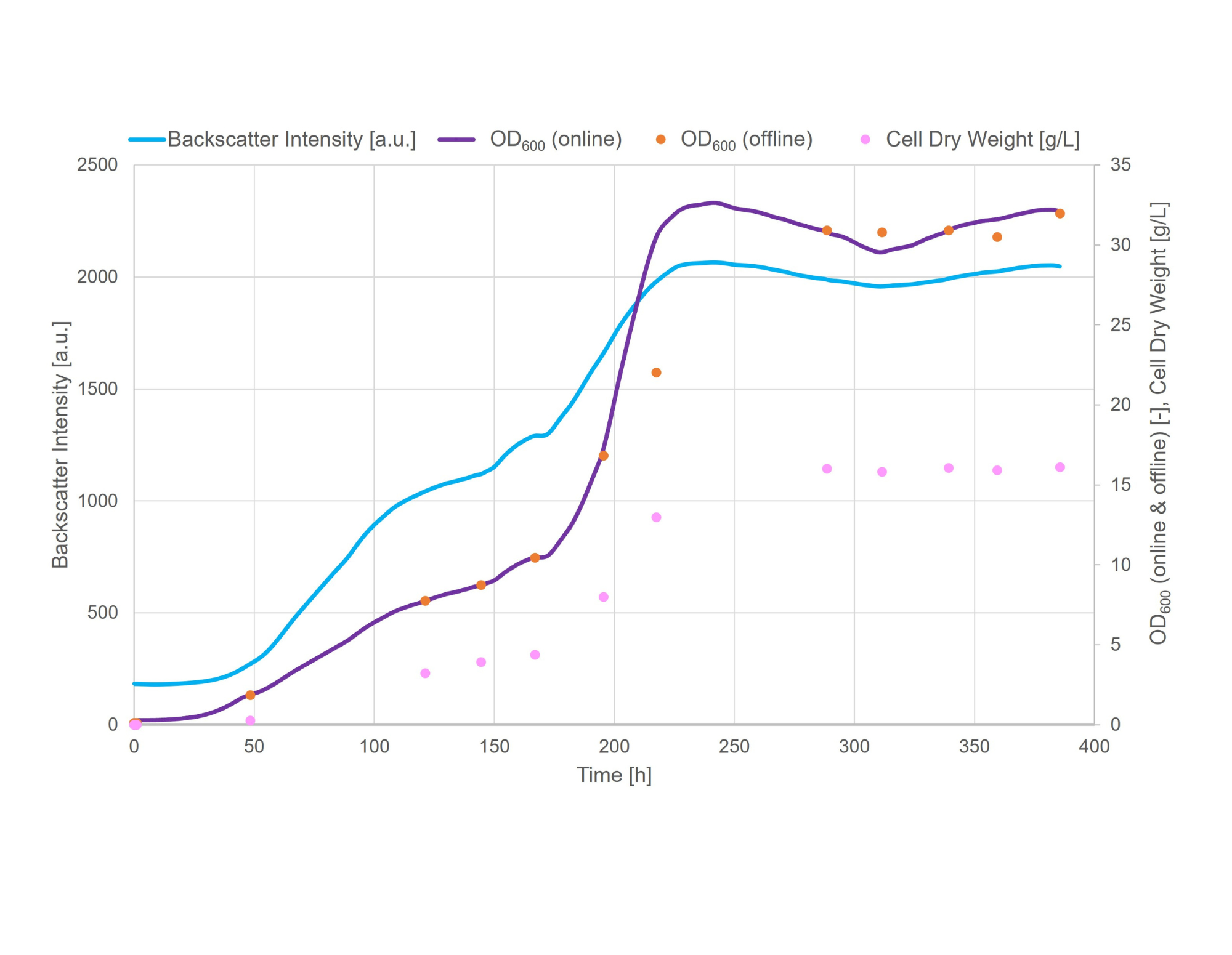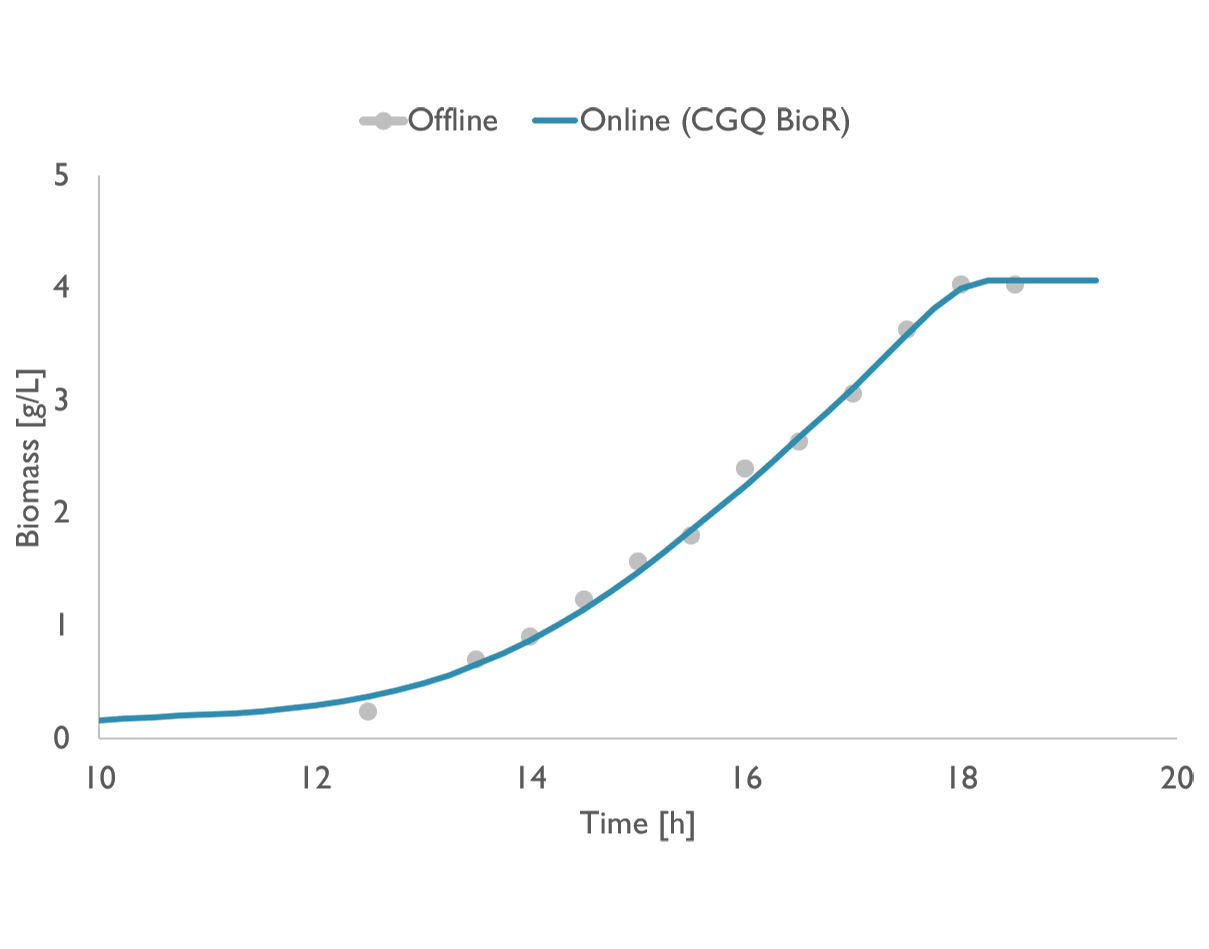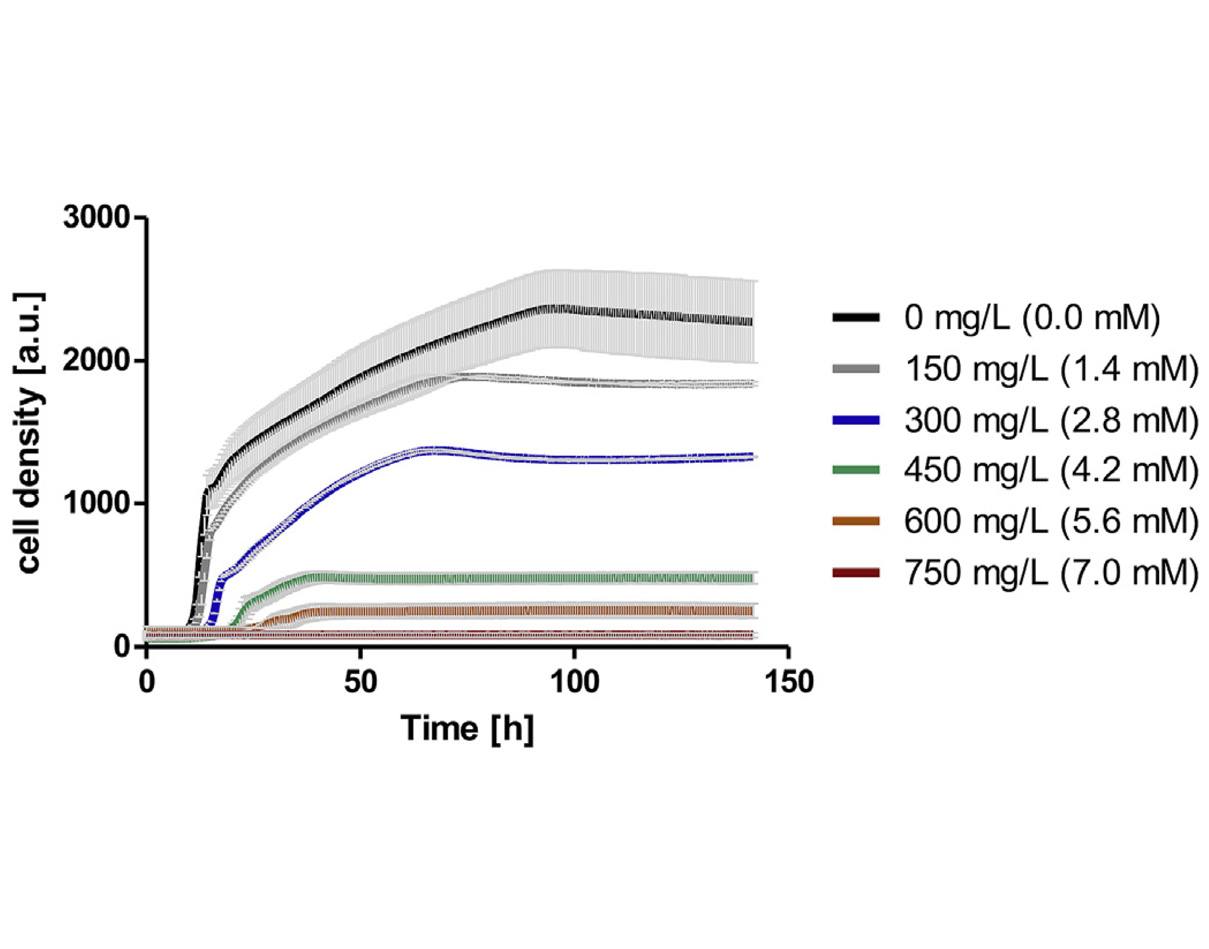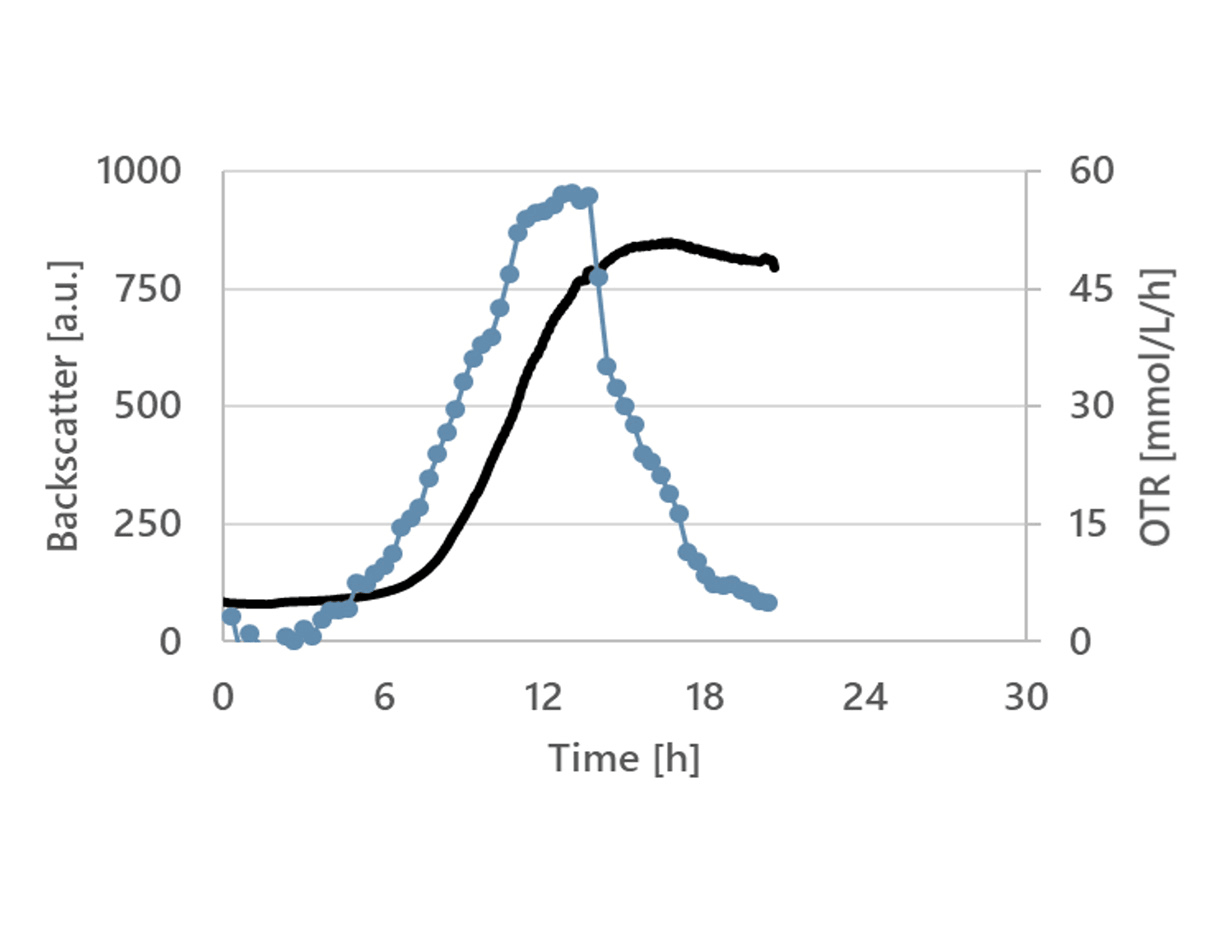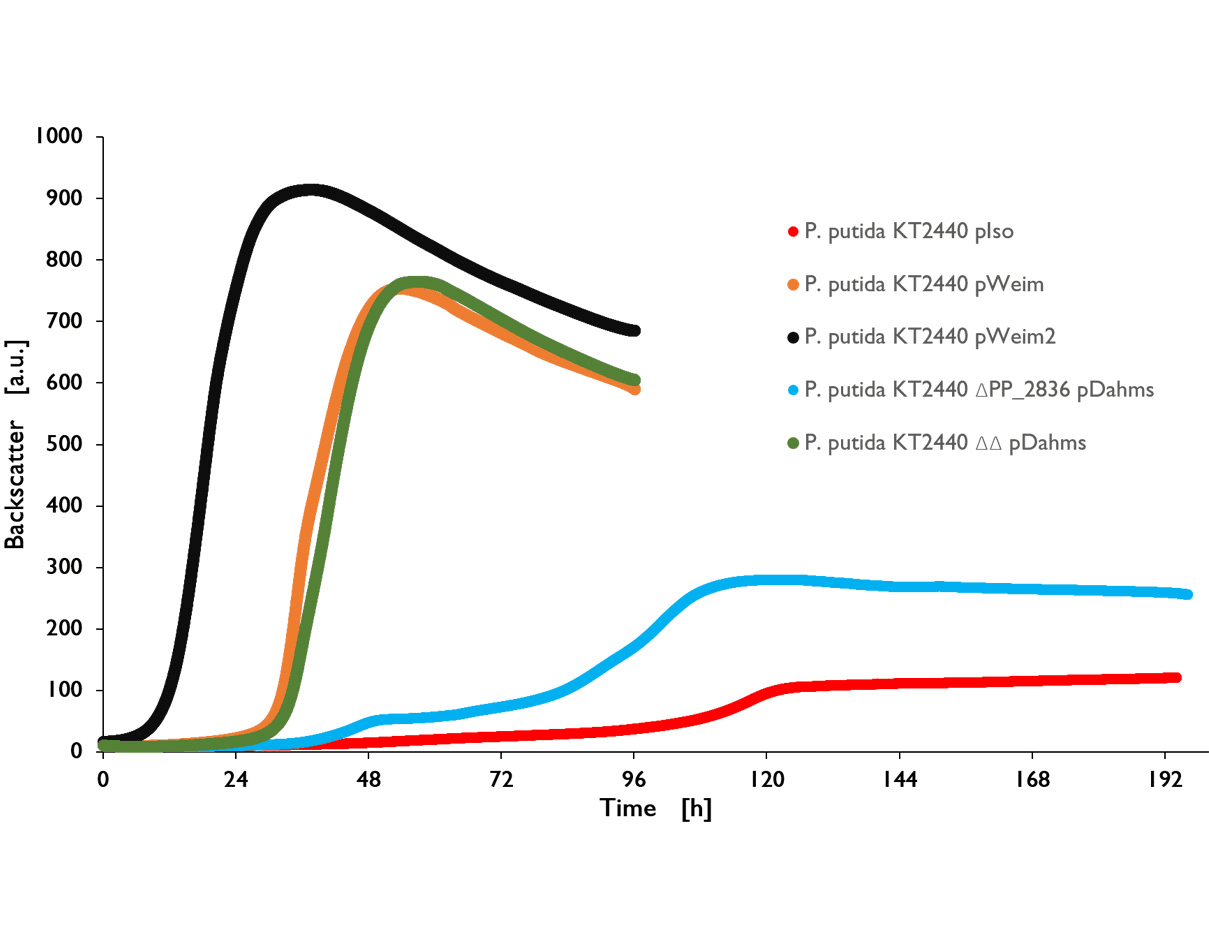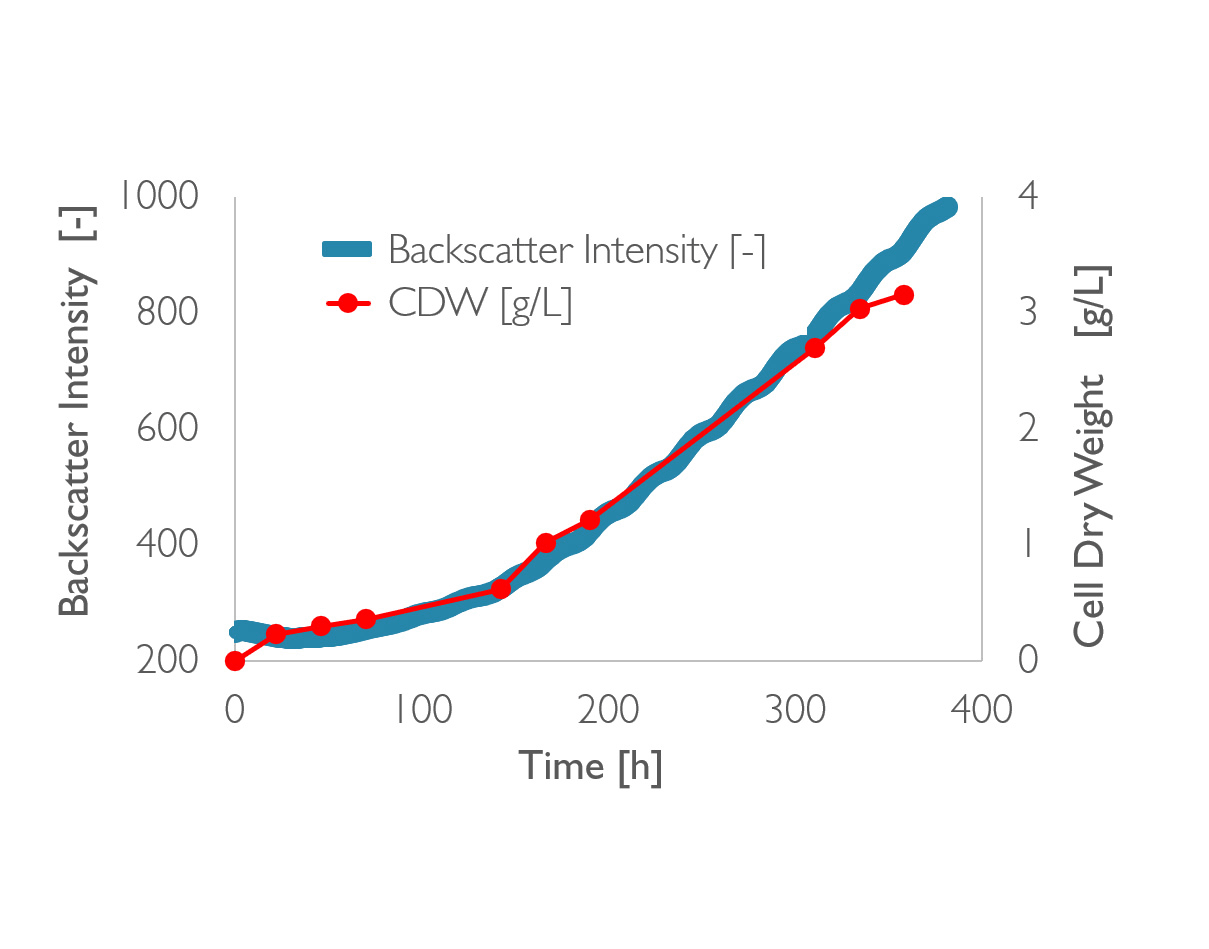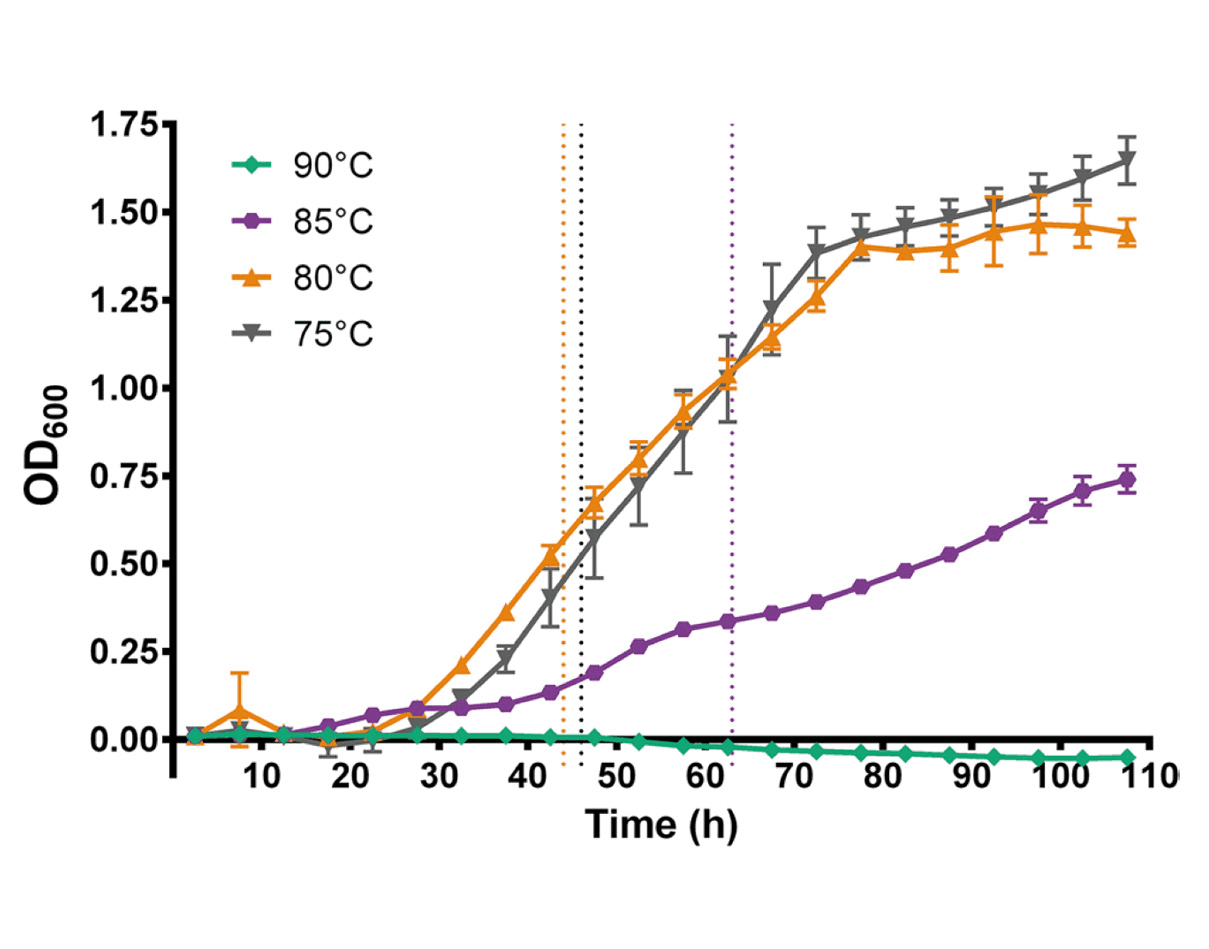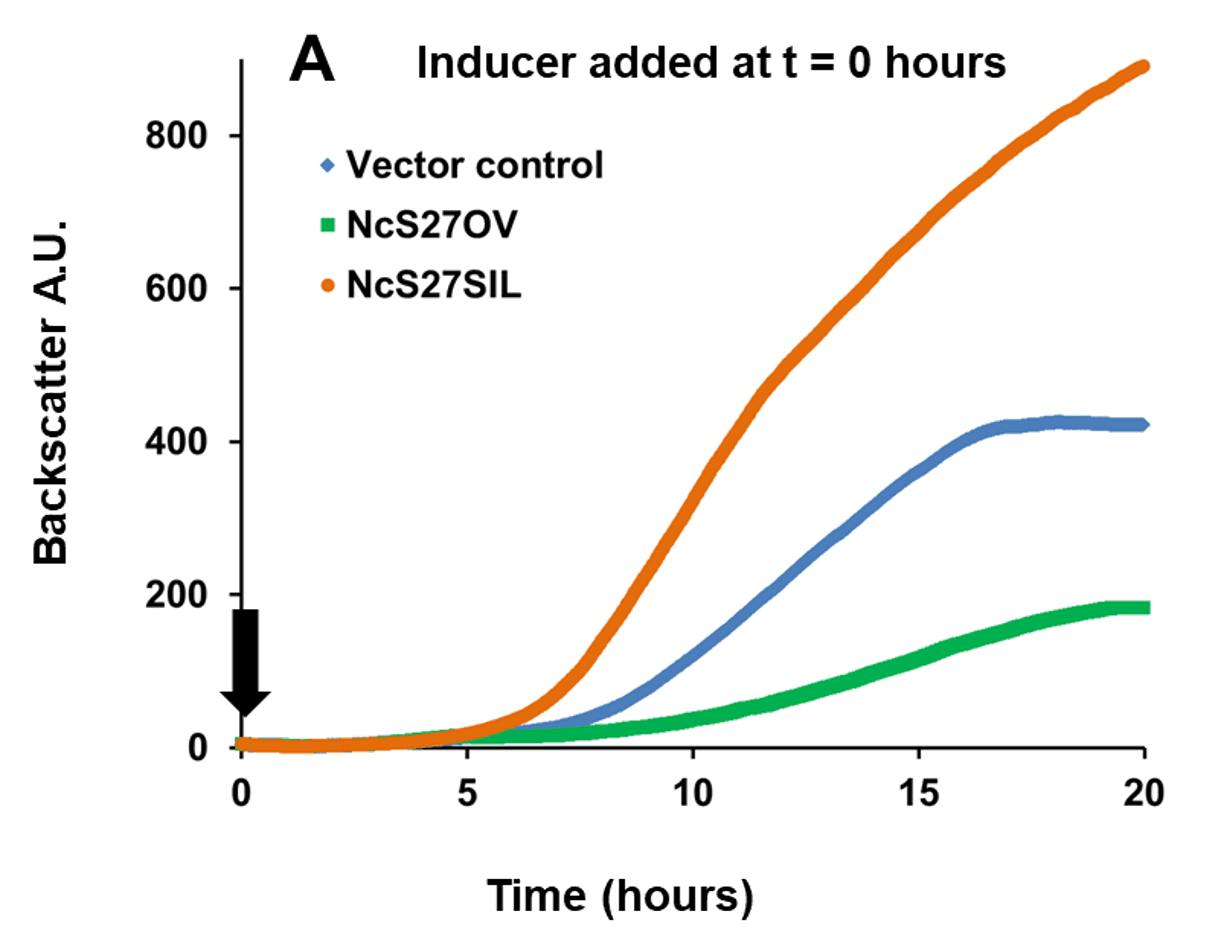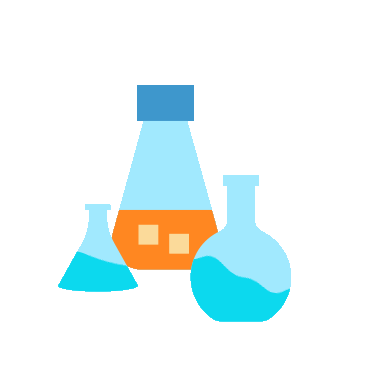.jpg)
Customer
Success Stories
Mastering Scale-up: How to Boost Shake Flask Yields to Bioreactor Levels
"These strategies resulted in a 15-fold increase in product titer in shake flasks alone — from ~3.8 µg/mL to ~56.5 µg/mL — compared to initial experiments. "
Dr. Christina Dickmeis (sbi)Effective Pichia pastoris Strain Screening: DO-based Feeding in Shake Flasks Fills the Gap
"Monitoring strain-specific responses—such as methanol metabolism—in parallel also helps streamline and speed up process development."
BRAIN BiotechPromoter induction in Pichia pastoris with biomass-based feeding
"Using biomass-based feeding in shake flasks allowed me to start the methanol induction, once the cell growth phase was successfully completed and a sufficient biomass level was reached."
Dr. Christina Dickmeis (sbi)Dissolved oxygen monitoring in a centrifugal bioreactor
"Having an integrated oxygen flow cell made all the difference in getting our cell expansion culture to work."
Dr. Kitana Manivone Kaiphanliam (Voiland School, Washington State University)Fed-batch in shake flasks increases active protein yields
"By using the LIS, I can now continuously feed glucose in shake flasks. This improves the transferability of results from shake flask experiments to bioreactor runs."
Dr. Kambiz Morabbi Heravi (Project Manager Strain Engineering, Clariant)Fed-batch improves yeast cell growth on potato feed
"With the LIS, I was able to recreate typical bioreactor processes, like fed-batch cultivations, in shake flasks."
Dr. Victor Pozzobon (Chaire de Biotechnologie, CentraleSupélec)Media optimization with the Cell Growth Quantifier
"The real power of the CGQ is being able to sample at specific points of interest based on the continuous, high-resolution data. Otherwise, with manual sampling, it is just a shot in the dark. You never really know where in the growth curve the organism is."
Raul Reveles (Bond Pet Foods)Continuous biomass monitoring for thermophilic organisms
"The CGQ BioR is well suited for monitoring biomass of cultivations with thermophilic organisms that require high temperatures and long fermentation times."
Dipl. Ing. Robert Klausser (Integrated Bioprocess Development, TU Wien)Biomass monitoring of Kluyveromyces marxianus
“The CGQ BioR system provides precise growth curves with a very dense sampling interval, freeing my time for tasks with higher added value.”
Dipl.-Ing. Andreas Hoffmann (TU Dresden)Toxic effects of m-cresol on Saccharomyces cerevisiae
“Our group has been using the Cell Growth Quantifier (CGQ) for roughly five years by now and even though we often use the device for screenings, it also is the perfect tool for toxicity tests.”
Dr. Julia Hitschler (Goethe Universität Frankfurt)Substrate exhaustion leads to a decline in oxygen transfer and cell growth
“The backscatter data we gathered here with the CGQ system clearly shows a match with another growth characterisation parameter, in this case with the oxygen transfer rate (OTR).”
Frédéric Lapierre (Hochschule für angewandte Wissenschaften München)Screening of different Pseudomonas putida strains for advanced xylose consumption
“The CGQ provided accurate growth curves with a very dense sampling interval and gave us the opportunity to identify differences in the growth behaviors.”
Prof. Dr. Lars Blank (RWTH Aachen)Biomass monitoring of photosynthetic Synecoccus elongatus
“For the first time, we were able to generate high-quality growth curves of photosynthetic S. elongatus without necessarily relying on classical manual measurements like OD750 or cell dry weight.”
Prof. Dr. Ilka Maria Axmann (Heinrich-Heine Universität Düsseldorf)Biomass monitoring of thermophilic Sulfolobus acidocaldarius
“By using the Cell Growth Quantifier (CGQ), we were able to get growth data in an unmatched frequency without manual sampling.”
Prof. Dr. ir. Eveline Peeters (Vrije Universiteit Brussel)Effects of the sRNA regulator overexpression on Burkholderia cenocepacia growth
“The CGQ made it possible for us to observe growth dynamics in real-time in a larger culture volume. This has very much improved performance and reproducibility of our experiments, and it has increased our throughput considerably.”
Dr. Andrea Sass (Universiteit Gent)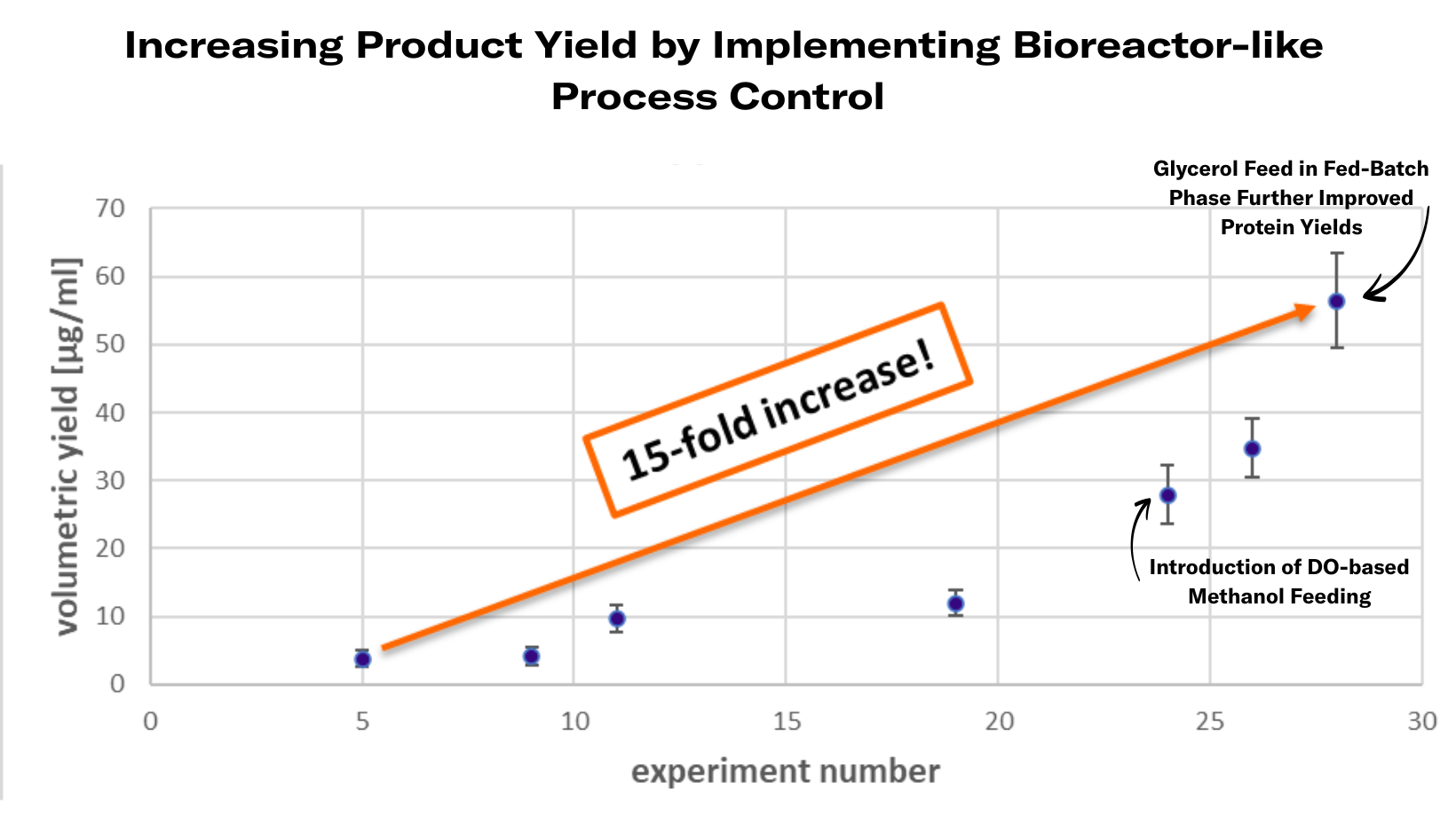
![volumetric yield Brazzein [μgmL] (in % based on 3D7 as 100%)](https://www.scientificbio.com/hubfs/volumetric%20yield%20Brazzein%20%5B%CE%BCgmL%5D%20(in%20%25%20based%20on%203D7%20as%20100%25).jpg)
.png)
